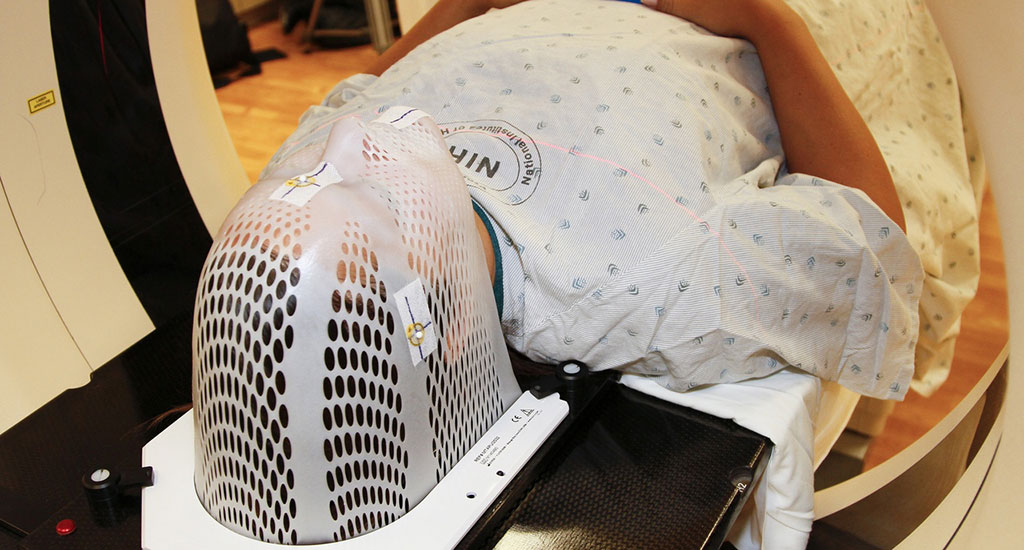POC Brain MRI Can Serve as Diagnostic Tool in Hospital EDs and ICUs
Posted on 08 Aug 2022
Point-of-care (POC) MRI is a bedside imaging technology with fewer than five units in clinical use in the US and a paucity of scientific studies on clinical applications. Now, a new study has demonstrated that POC brain MRI can serve as a diagnostic tool in emergency departments (EDs) and intensive care unit (ICUs) to provide bedside image acquisition, with some limitations in diagnostic quality.
The study was conducted by researchers at the University of California – Irvine (Irvine, CA, USA) to evaluate the clinical and operational impacts of deploying POC MRI in ED and ICU patient settings for bedside neuroimaging, including the turnaround time. In the preliminary retrospective study, all patients in the ED and ICU at a single academic medical center who underwent non-contrast brain MRI from January 2021 to June 2021 were investigated to determine the number of patients who underwent bedside POC MRI. Turnaround time, examination limitations, relevant findings, and potential CT and fixed MRI findings were recorded for patients who underwent POC MRI. Descriptive statistics were used to describe clinical variables. The Mann-Whitney U test was used to compare the turnaround time between POC MRI and fixed MRI examinations.

The study found that of 638 non-contrast brain MRI examinations, 36 POC MRI examinations were performed in 35 patients (median age, 66 years [IQR, 57–77 years]; 21 women), with one patient undergoing two POC MRI examinations. Of the 36 POC MRI examinations, 13 (36%) occurred in the ED and 23 (64%) in the ICU. There were 12 of 36 (33%) POC MRI examinations interpreted as negative, 14 of 36 (39%) with clinically significant imaging findings, and 10 of 36 (28%) deemed non-diagnostic for reasons such as patient motion. Of 23 diagnostic POC MRI examinations with comparison CT available, three (13%) demonstrated acute infarctions not apparent on CT scans. Of seven diagnostic POC MRI examinations with subsequent fixed MRI examinations, two (29%) demonstrated missed versus interval sub-centimeter infarctions, while the remaining demonstrated no change. The median turnaround time of POC MRI was 3.4 hours in the ED and 5.3 hours in the ICU.
Based on these findings, the researchers concluded that POC MRI was performed rapidly in the ED and ICU. A few POC MRI examinations demonstrated acute infarctions not apparent at standard-of-care CT examinations.
Related Links:
University of California – Irvine














